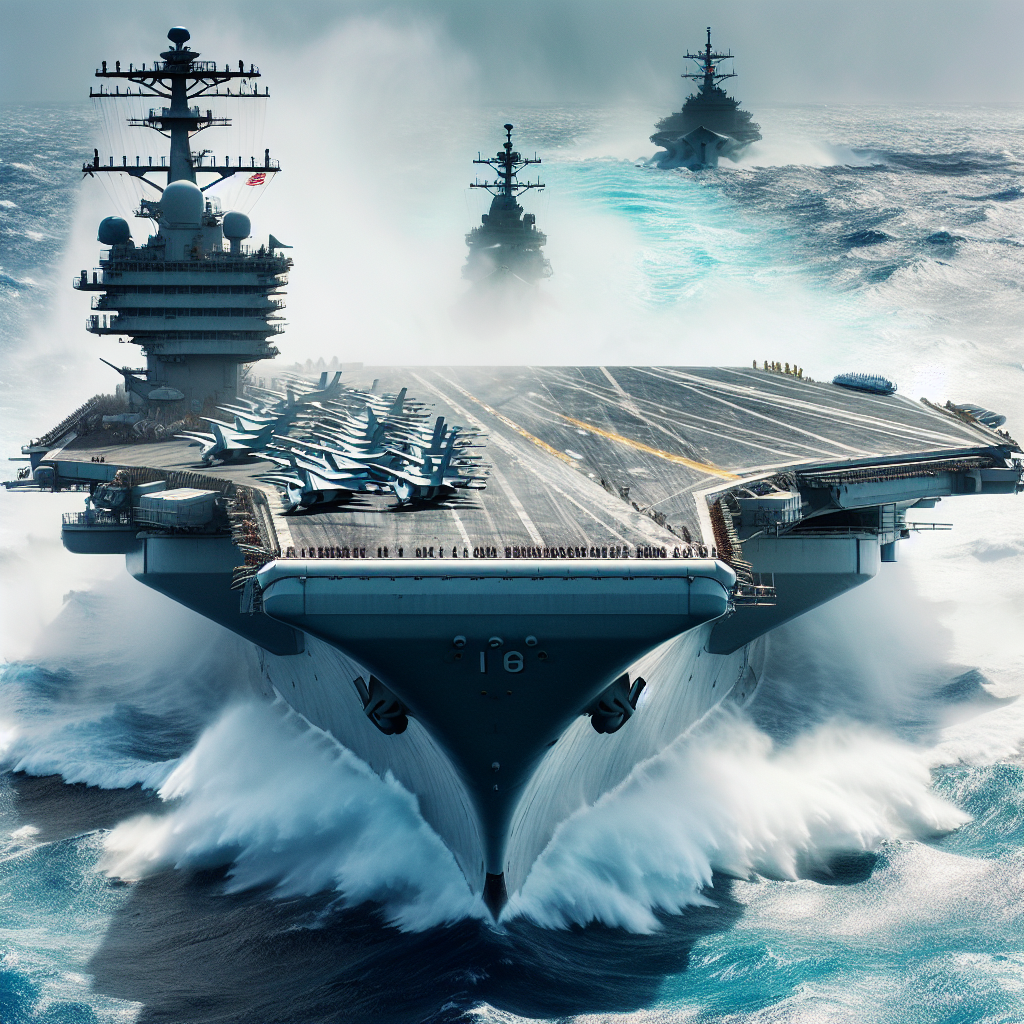On Wednesday, June 11th, the U.S. Navy Pacific Fleet announced that the nuclear-powered aircraft carrier USS Nimitz is conducting operations in the disputed South China Sea to demonstrate the U.S. military’s capability to maintain a combat advantage.
Since late May, the Nimitz aircraft carrier strike group has been operating in the South China Sea, where multiple countries have overlapping sovereignty claims. Chinese Navy ships and coast guard vessels frequently clash with those of the Philippines and harass vessels from other countries. Therefore, the U.S. Navy regularly deploys carriers to the Western Pacific and conducts missions in the South China Sea.
At the same time, China’s two active aircraft carriers are also active in the Western Pacific, with the Liaoning entering the second island chain.
The first island chain refers to the Pacific archipelagos near the Asian mainland, including parts of Japan, Taiwan, and the Philippines; while the second island chain extends to the strategic territories of Guam, a U.S. territory in the Pacific. The first and second island chains serve to contain China’s Navy from advancing further into the Pacific.
Satellite images taken on June 8th and shared on social media by open-source intelligence researcher @MT_Anderson show the USS Nimitz aircraft carrier operating in the waters of the Western Philippines Sea, approximately 167 miles northeast of the disputed Scarborough Shoal.
Since 2012, this area has been under Chinese control, situated about 138 miles west of the northern Philippine island of Luzon.
The Pacific Fleet’s statement mentioned that the USS Nimitz aircraft carrier strike group’s maritime security operations include flight operations of fixed-wing and rotary aircraft, maritime strike exercises, and coordinated tactical training between surface and air units. The carrier’s operations in the South China Sea are a routine presence of the U.S. Navy in the Indo-Pacific region, including day and night flight exercises. These activities support maritime security, enhance interoperability with regional partners, and maintain the U.S. Navy’s ability to project power across the theater.
U.S. warships frequently operate in the South China Sea to uphold freedom of navigation and challenge China’s excessive maritime claims in the region.
Commander of the USS Nimitz aircraft carrier strike group, Rear Admiral Fred Goldhammer, stated that this deployment aims to enhance combat capabilities and carry out flight operations supporting “full-spectrum combat.” He added that the fleet operates “where international law permits.”
The deployment of the USS Nimitz in the South China Sea comes after U.S. Secretary of Defense Haggis warned about China’s threats in the Indo-Pacific region. Haggis stated that China is relentlessly pursuing hegemony and increasingly resorting to the use of force.
Goldhammer expressed, “We are working harder than ever to strengthen peace, stability, and deterrence in the Indo-Pacific region.”
Whether the USS Nimitz will head towards the broader Western Pacific after the South China Sea operations against the two Chinese aircraft carriers is yet to be observed.

